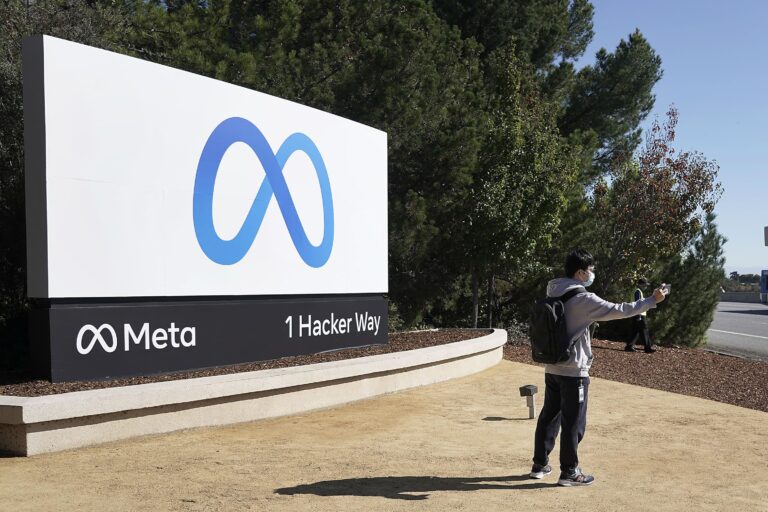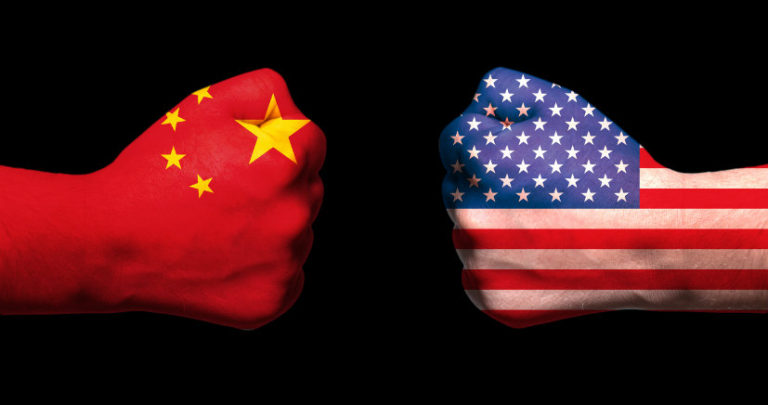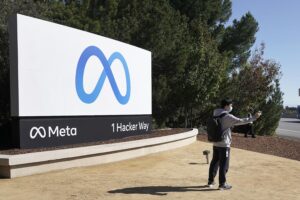Amazon embarks on another random experiment.
- Amazon looks set to launch a new innovation in its app store that amounts to Amazon giving away paid for apps as well as in-app purchases.
- This looks very likely to be an extension to the Amazon Prime service where those that pay $99 per year for frees shipping on their goods also get access to Amazon’s music and movie streaming service and now a series of apps one usually has to pay for.
- This makes sense as I think it very likely that Amazon will be paying third parties for what is normally paid for software downloaded by its users.
- The aim is to increase the usage of its app store which to date has seen much less activity than Amazon would have hoped.
- This is another classic example of how Amazon still can’t see the wood for the trees in not understanding what it is trying to achieve.
- RFM research indicates that the quality of the Amazon app. store much better than many would expect.
- When compared against the experience on iOS (100%), Amazon scores 74% which is below Google Play at 97% but much better than Windows Phone which scores 58%. (see here).
- This strongly indicates that the reason why the app store is not being used is because the rest of the ecosystem is so poor not due to any shortcoming in the app store itself.
- RFM research indicates that a vibrant app store is a very important part of an ecosystem’s offering to the consumer but it is not everything.
- RFM thinks that an ecosystem must also have a good offering of Digital Life services and score well on six other usability criteria.
- Against these other measures Amazon ecosystem scores a lowly 39% compared to the big ecosystems which score around 70%.
- When this added to the fact that users have to pay $99 to get access to the ecosystem whether they want the free shipping or not, it is clear why Amazon continues to fail.
- Unfortunately, Amazon appears to have no concept of what it needs to do to build a vibrant ecosystem preferring to embark on a series of expensive experiments.
- Its pricing policy, its disjointed approach to hardware and its haphazard acquisition strategy are all signs that Amazon has neither internalised what the ecosystem is nor what is needed to make it work.
- Until it does, this part of the business is likely to continue bleeding large amounts of money, diluting Amazon’s wafer thin and volatile operating margins further.
- I see another year of expensive experimentation ahead meaning that long suffering shareholders will be picking up the bill.
- I think that Amazon will underperform Microsoft, Google and Apple in 2015 as all of whom know exactly what they are trying to achieve.









Blog Comments
Tatilsever
March 24, 2015 at 5:16 am
Why do you think an ecosystem has to provide close to 100% of “digital life services” in-house to be successful? Wouldn’t it be enough to provide a few that are much better than the alternatives with the rest coming from the usual sources, such as Facebook, Twitter, Spotify, Yelp etc?
windsorr
March 24, 2015 at 10:27 am
It doesent as the research currently finds.
The big ecosystems that are successful now score around 70% when looking at Digital Life coverage and how well they fare when tested against the 7 laws of robtics.
This is where Amazon needs to get to to do well. Its overall score is currently 39%.